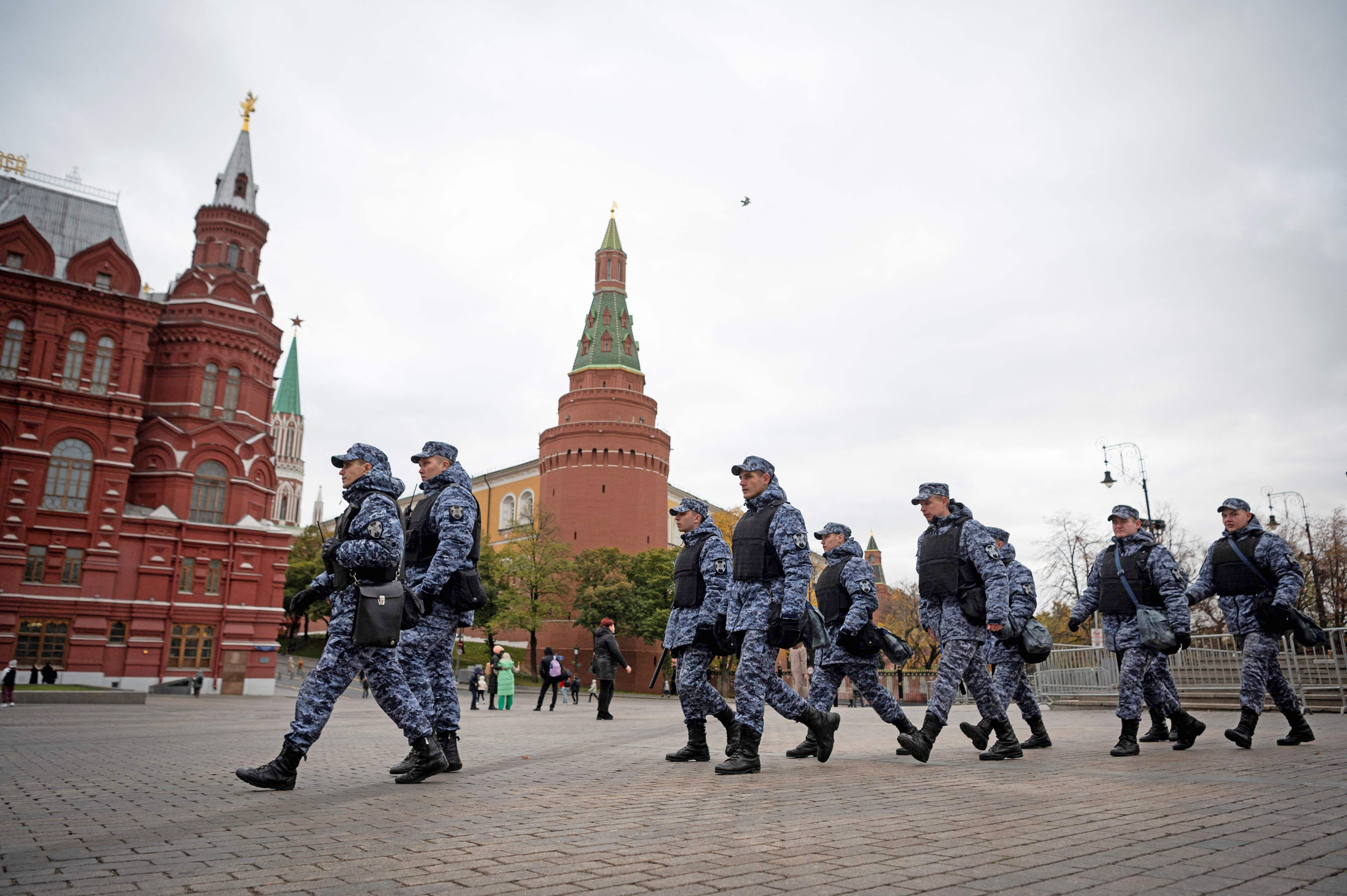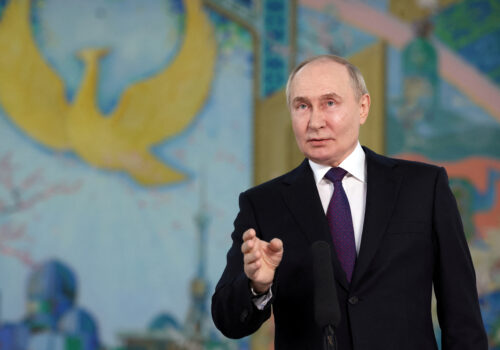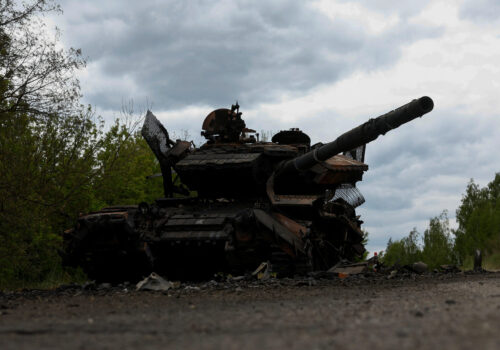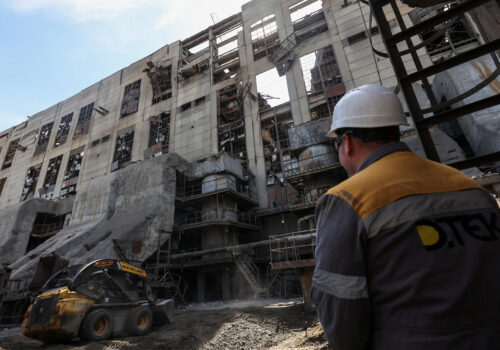Electricity blackouts are the new normal in Ukraine as the country struggles to cope with the consequences of a devastating Russian air offensive that has destroyed around half of Ukraine’s wartime power-generating capacity since the start of 2024. Millions of Ukrainians are now adapting to the reality of regular power cuts, with electricity in many cases restricted to just a few hours per day and the buzz of generators becoming a routine feature of life throughout the country.
Russia’s first attempt to destroy the Ukrainian power grid, which began in October 2022 and continued until March 2023, ultimately failed to achieve its objective. However, the current campaign has so far proved much more successful. Russia has clearly learned important lessons from its earlier air offensive, and has also benefited from growing gaps in Ukraine’s air defenses caused by delays in Western military aid.
In the past five months, Russia has managed to damage or destroy all of Ukraine’s thermal and hydroelectric power plants. The latest large-scale wave of missile and drone strikes on June 1 resulted in damage to power-generating facilities in five different regions across Ukraine, leading to warnings from officials that extended periods without electricity are now inevitable and will likely remain a feature for many months to come.
Stay updated
As the world watches the Russian invasion of Ukraine unfold, UkraineAlert delivers the best Atlantic Council expert insight and analysis on Ukraine twice a week directly to your inbox.
The Kremlin’s bombing campaign has a number of goals. Russia seeks to undermine the Ukrainian economy by reducing industrial capacity, including in the rapidly expanding Ukrainian defense sector. By forcing Ukrainians to live without regular access to electricity, Russia also aims to demoralize the civilian population and weaken the country’s resilience. Moscow hopes this will fuel public calls for an end to the war and set the stage for a future peace agreement on Russian terms.
Thanks to sunny summer weather and long hours of daylight, the regular power outages currently being experienced across Ukraine are highly disruptive but not yet disastrous. Once temperatures begin to drop and winter draws closer, the implications of Russia’s bombing campaign are expected to become far more serious. Experts predict it will take years to repair Ukraine’s power grid, but urgent steps are required now in order to prevent a potential humanitarian catastrophe from unfolding during the coming winter season.
The Ukrainian authorities have established a coordination center to address the mounting energy crisis in the country. Current measures to compensate for power shortages include the installation of gas-fired energy generation plants. Imports from neighboring EU countries represent another key source of additional electricity.
The loss of thermal and hydroelectric power generation means Ukraine is now increasingly reliant on the country’s nuclear power plants. The Ministry of Economy is investing in Energoatom to expand capacities, but constructing new plants is both extremely expensive and time consuming.
Renewable energy currently constitutes a significant portion of Ukraine’s remaining energy output, with much of this segment concentrated in the south of the country. While there is considerable room to expand renewable power generation, green energy options offer unstable power output, creating additional practical challenges for the Ukrainian energy grid.
One of the main focuses of the government’s strategy is the decentralization of the Ukrainian energy system. This is expected to involve smaller power plants that will be less vulnerable to Russian bombardment. To support this transition, efforts are underway to streamline procedures for the connection of small-scale power generation facilities to the national grid. A government program is also offering incentives for housing associations to install solar panels on residential buildings.
The biggest security challenge remains protecting the Ukrainian power grid from further Russian attack. In recent months, Ukrainian officials have consistently communicated that additional air defense systems are the country’s top priority. First and foremost, this means US-produced Patriot air defense systems.
So far, Ukraine’s pleas have largely gone unanswered. Although Ukrainian diplomats claim to have identified one hundred “available” Patriot systems worldwide, there has been no rush to supply Ukraine. Only Germany has committed to deliver one system, with talks continuing over possible delivery of Patriots from a number of other partner countries including Romania. Unless Ukraine’s air defense deficit is resolved, all other efforts to counter the Russian bombing campaign of the country’s energy sector may prove futile.
Dr. Elena Davlikanova is a Democracy Fellow at the Center for European Policy Analysis and an associate professor at Sumy State University in Ukraine.
Further reading
The views expressed in UkraineAlert are solely those of the authors and do not necessarily reflect the views of the Atlantic Council, its staff, or its supporters.

The Eurasia Center’s mission is to enhance transatlantic cooperation in promoting stability, democratic values and prosperity in Eurasia, from Eastern Europe and Turkey in the West to the Caucasus, Russia and Central Asia in the East.
Follow us on social media
and support our work
The post Russia is winning the energy war and plunging Ukraine into darkness appeared first on Atlantic Council.





